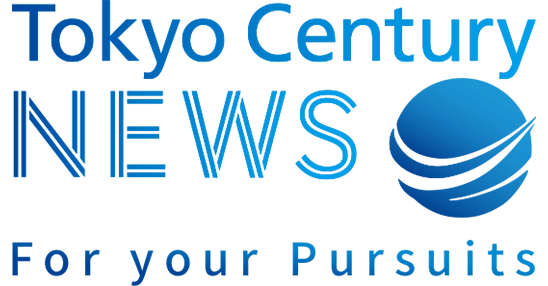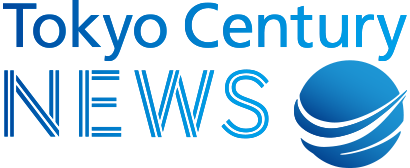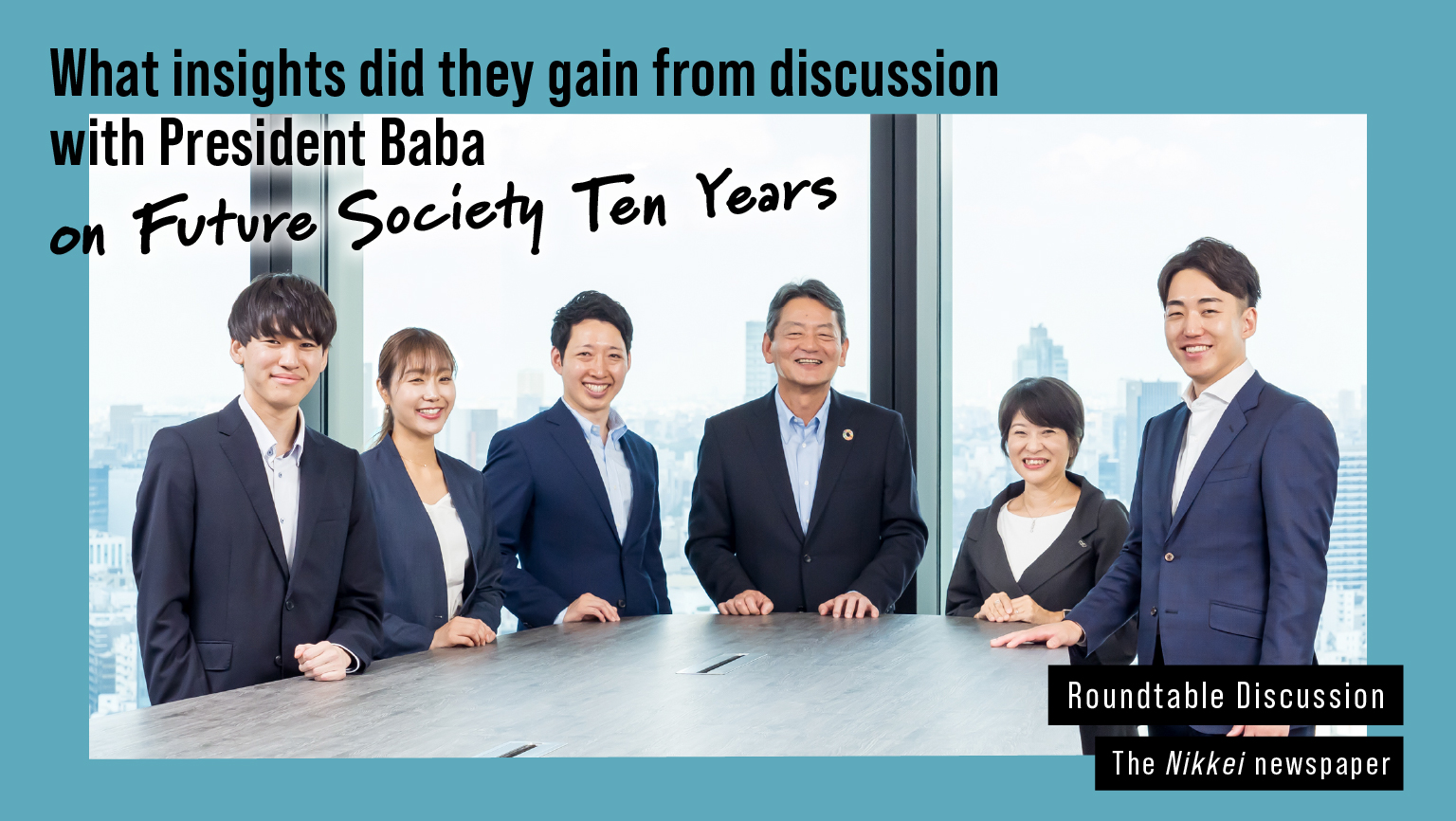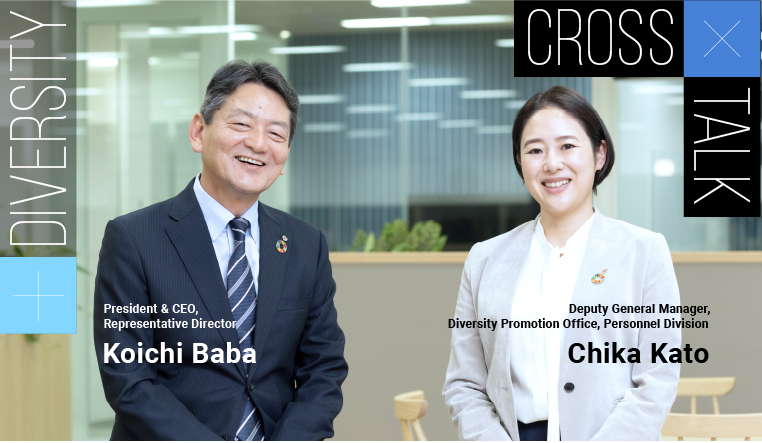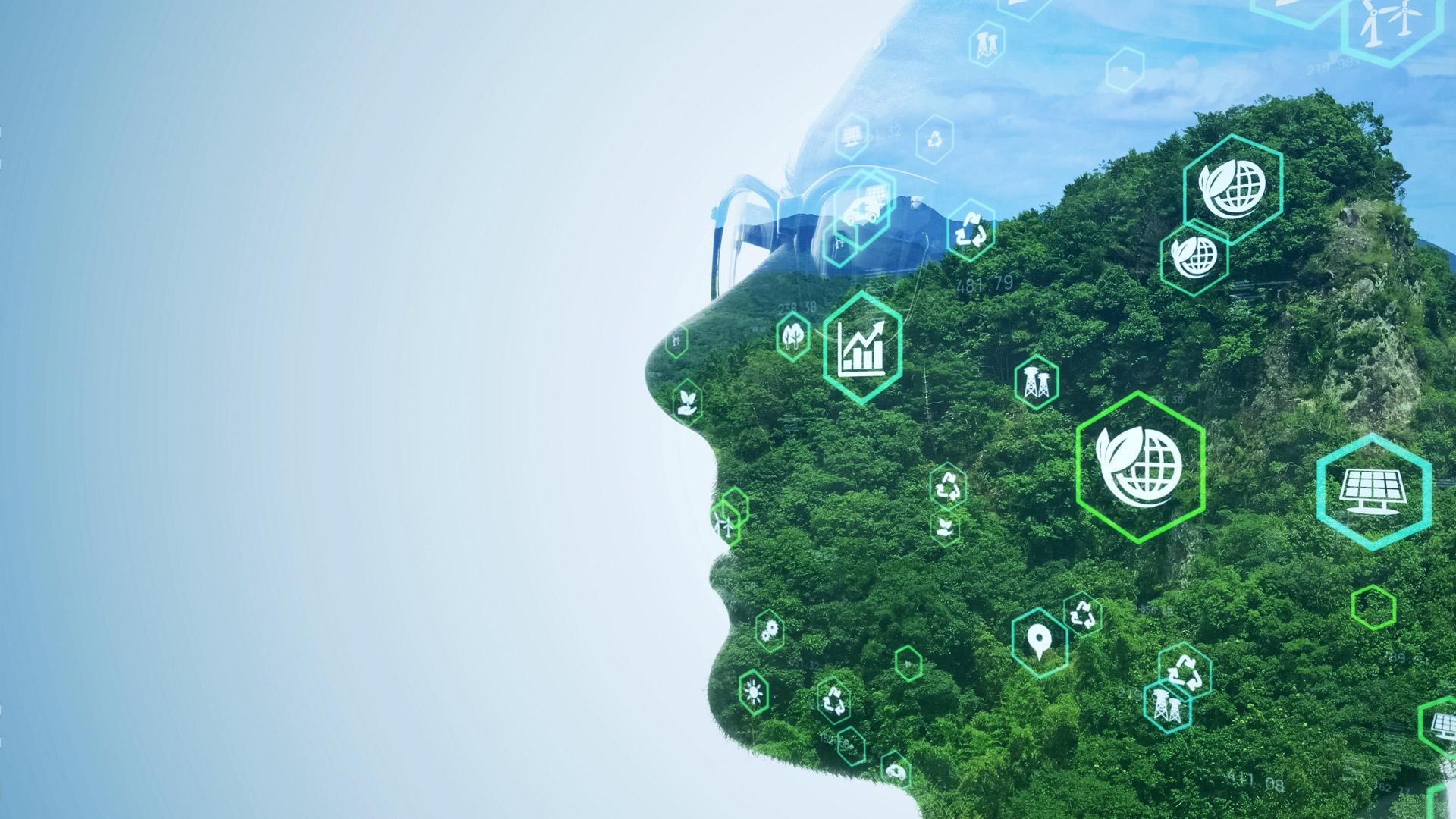
Increasing Awareness of How SDGs and ESG Are Different, and Related Tokyo Century Initiatives
Jan 31, 2021
“SDG” and “ESG” have been appearing more frequently in the news or media. Both are related to the environment and social issues, and many people may have a general understanding of their meanings, but most may not be sure how exactly they are different. This article will explain the distinction and relationship between the SDGs and ESG, which are often confused, along with Tokyo Century’s SDG initiatives
SDGs: Goals for Achieving a Sustainable Society through a Global Effort
“SDGs” stands for “Sustainable Development Goals,” which were adopted at the United Nations summit in September 2015 for achieving the ideal of a sustainable, diverse and inclusive society, which leaves no one behind, by 2030.
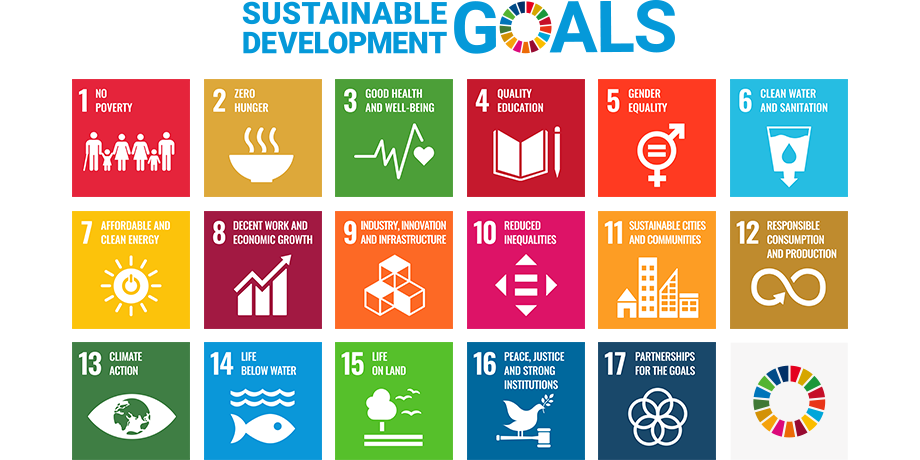
The SDGs were preceded by the MDGs, or Millennium Development Goals, adopted in 2001 to eradicate extreme poverty and hunger and primarily targeted at developing nations. Given the environmental destruction caused by advanced nations, however, countries around the world bear a major responsibility for the poverty and hunger experienced by developing nations. Consequently, 17 goals and 169 targets were established, building on the MDGs, to resolve international issues through the actions of all countries, including advanced nations, along with companies, local governments, civic society, and individual citizens. Goals include the important theme of Japanese society such as achieving “gender equality” and ensuring “decent work and economic growth”.
More and more companies around the world have been taking the SDGs into consideration as they develop their management benchmarks. Despite the fact they are neither obliged nor bound by law to do so, companies are actively embracing the SDGs for the long-term benefits they will ultimately provide. It is becoming evident that efforts to resolve issues concerning the global environment, energy, diversity and working conditions not only reduce the risks to long-term business continuity but also lead to improving corporate image as well as corporate value.
Moreover, beyond responding to the strong need for products and services that offer solutions to social issues related to the environment, health, energy and other areas, corporate efforts for achieving the SDGs will also expand business opportunities. At the World Economic Forum (the Davos conference) in 2017, it was announced that efforts for achieving the SDGs will generate economic value worth 12 trillion U.S. dollars. Consequently, the SDGs are attracting significant attention from the business community.
ESG: Key Concept for Corporate Growth and Business Continuity
ESG represents the environmental, social and governance aspects of corporate management and growth.
“ESG” stands for “environment, social and governance,” in which “environment” signifies reducing carbon dioxide (CO2) emissions and protecting the natural environment. “Social” means enhancing the work environment and advancing diversity, while “governance” refers to practicing fair and transparent management and actively disclosing information.
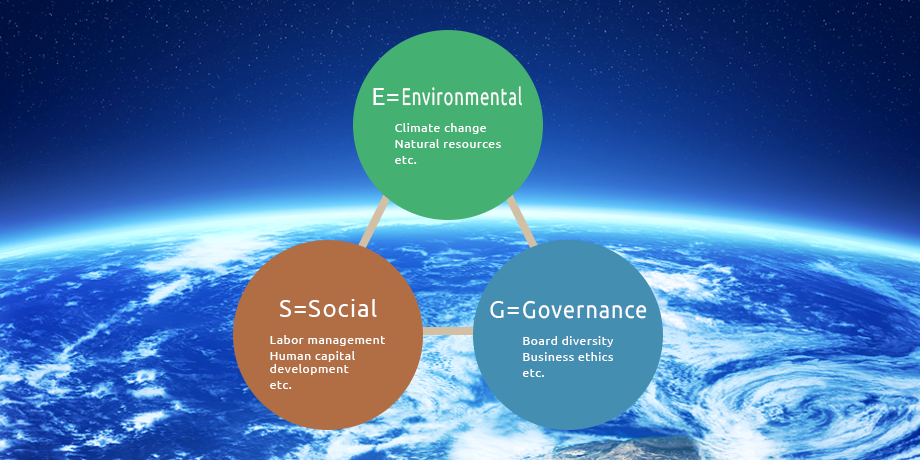
Investing in companies that seek to resolve environmental and social issues while practicing solid corporate governance is known as ESG investment.
ESG investment is believed to have originated with the Principles for Responsible Investment (PRI), proposed by the United Nations in 2006. When investors focus on ESG investments, companies undertaking initiatives that are beneficial to the environment and society will see their business grow, while those exerting a negative impact will find it difficult to finance their ventures. The idea is to use private funds to transform companies and, by extension, drive social change.
ESG is also important for corporate business sustainability. A company that neglects environmental and social issues while focusing solely on pursuing short-term profit will ultimately increase the likelihood of significant damage to management, such as the risk of holding stranded assets left behind by the changing times. This is why many institutional investors emphasize ESG investment today. It has become a benchmark for assessing corporate performance, and a growing number of companies have begun to disclose reports with ESG-related information.
SDGs Represent the Goals, while ESG Stands for Methods and Processes
As we have seen, both SDGs and ESG are concepts for resolving environmental and social issues in order to attain the ideal of a sustainable society. They differ in that while the SDGs apply to all stakeholders, including countries and the general public, ESG primarily applies to the business community and companies.
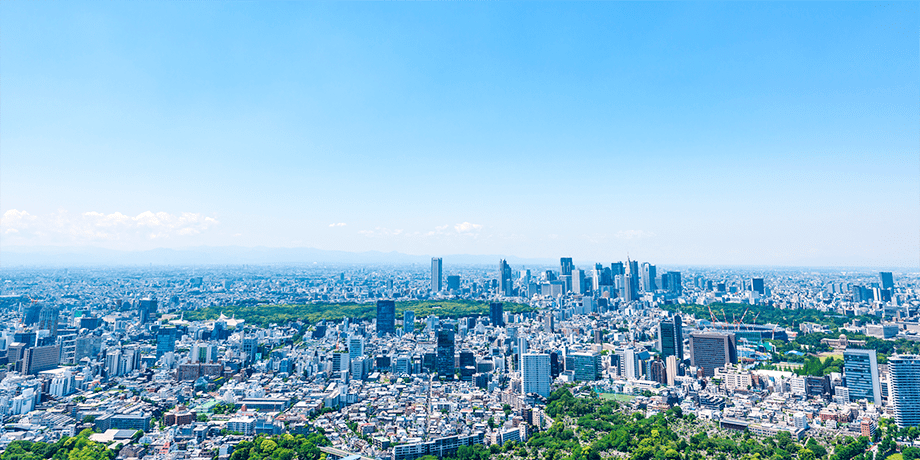
We could also say that the SDGs are-as the “G” denotes-goals, while ESG represents the methods and processes for achieving them.
For example, a company that emphasizes an ESG value, such as replacing plastic straws with their paper counterpart, is helping to achieve SDG 13, which calls for concrete action against climate change, as well as Goal 14 for conserving and sustaining the oceans.
Differences between the SDGs and ESG
SDGs
・17 goals for attaining the ideal of a sustainable society by 2030
・Applies to everyone, including individuals and not just countries and companies
・SDGs are targets and goals
ESG
・A concept that emphasizes the importance of the three aspects of “environment,” “social” and “governance” for corporate management and growth
・Applies primarily to the business community and companies
・ESG refers to methods and processes
Tokyo Century’s SDG and ESG Initiatives
Tokyo Century had been operating its businesses based on similar principles even before the SDGs and ESG were introduced.

Our leasing business, which we have pursued since our founding, is a circular business model that incorporates the 3Rs: reduce, reuse and recycle.
Since the merger in 2009, Tokyo Century has continued to hand down this DNA, pledging to contribute to the creation of an environmentally sound, sustainable economy and society in its Management Philosophy.
Today, having diversified its business, the company continues to pursue initiatives related to the SDGs and ESG by recognizing the following six key issues.
- Contribution to low-carbon society
- Creation of new business driven by technical innovation
- Contribution to social infrastructure development
- Sustainable resource use
- Enhanced work environment, leading to strengthening of human resources along with the following, which serves as a shared platform for the above key issues.
- Utilize diverse partnerships to create new value
Advancing the Joint Crediting Mechanism (JCM) to Mitigate Global Warming
Tokyo Century participates in the JCM, in which part of the reduction in CO2 emissions achieved in developing countries through the use of low-carbon technologies is credited as a reduction in Japan’s CO2 emissions. Japan currently operates this mechanism with 17 partner countries, including Thailand, Indonesia and the Philippines. Under this scheme, Tokyo Century has launched a large-scale solar power generation project in Thailand with a local partner.
Safety and Security Initiatives for Automobiles to Reduce Traffic Accidents and Address Environmental Issues
Tokyo Century is also engaged in many initiatives within its businesses, including corporate automobile leasing, car rental, and individual automobile leasing. In corporate automobile leasing, Nippon Car Solutions, a member of Tokyo Century Group, is reducing traffic accidents and excess automobiles in corporate fleets by using its Drive Doctor, a telematics-enabled dash cam based on proprietary technology. In addition, while companies have been relatively slow to adopt electric vehicles due to cost, Nippon Car Solutions has significantly increased the number of these vehicles in its corporate fleets with the perspective of ensuring business continuity by proposing their use as emergency power sources in the event of disasters. In addition, the company is contributing to expanding the circular economy by promoting a shift from vehicle ownership to use through services such as car rental and sharing.
Challenges Ahead for Tokyo Century
For Tokyo Century, major challenges include the reuse of solar panels after completion of power generation projects and secondary use of electric vehicle batteries.
A large number of solar power stations began operations after the start of Japan’s Feed-In Tariff (FIT) program for renewable energy in 2012. By the expiration of the FIT program in the 2030s, however, many of the stations will cease generating power, turning massive quantities of solar panels into industrial waste and creating an urgent need to commercialize the reuse of panels. Similarly, discovering secondary uses for electric vehicle batteries will lower initial costs and lead to a significant expansion in the use of electric vehicles. Since effective methods have not been established, Tokyo Century is exploring potential strategies.
While it is next to impossible for a single organization to resolve these complex issues, the company hopes to arrive at a solution for these difficult issues by drawing on the network it has been fostering in cooperation with its many business partners. Furthermore, it will aggressively advance its SDG and ESG initiatives to contribute to realizing a sustainable world.
・For more information on Tokyo Century and the SDGs:
https://www.tokyocentury.co.jp/en/sustainability/
*The contents of the article and the position titles are as of the date posted.
RECOMMEND ARTICLES
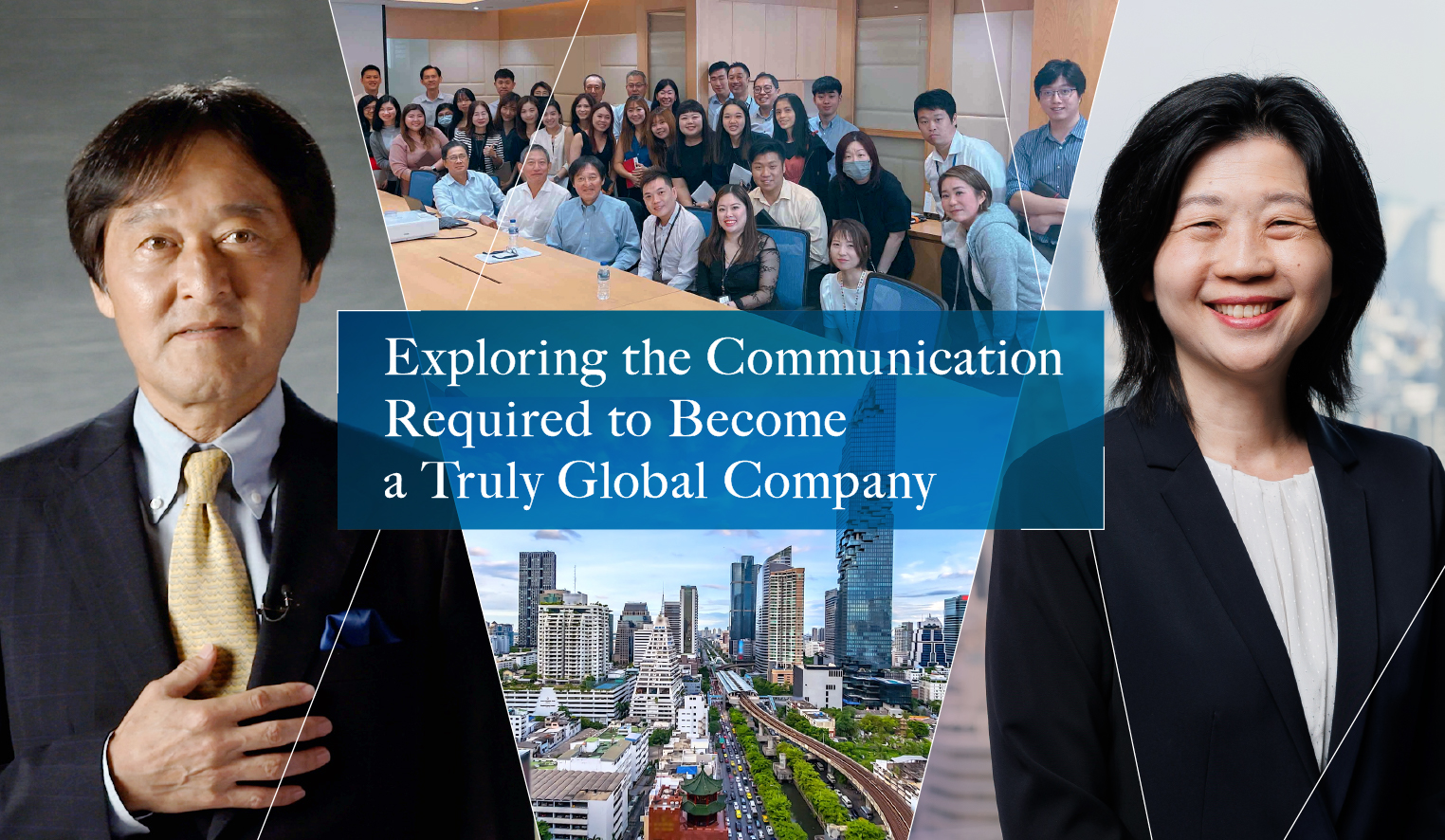
—Exploring the Communication Required to Become a Truly Global Company
Aug 21, 2024
Communication has be…
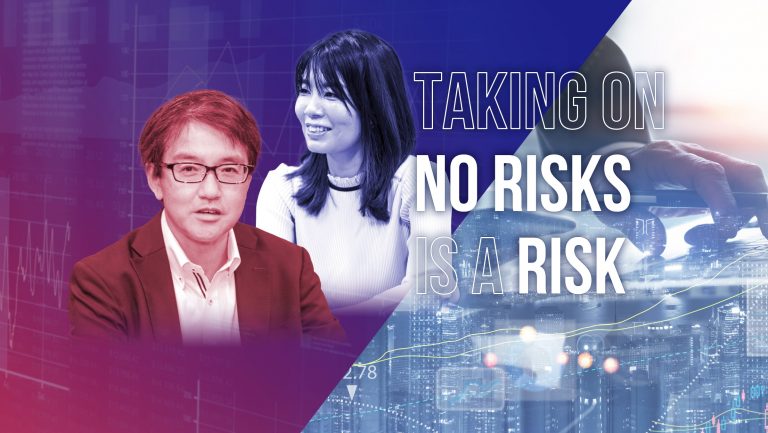
Dec 20, 2023
New risk factors hav…
